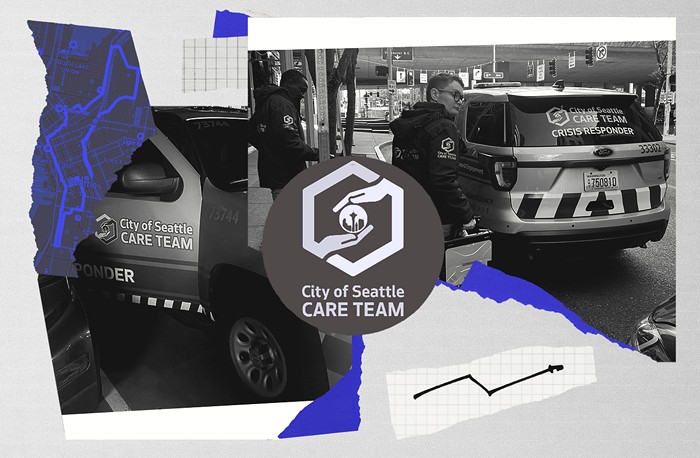"It was just one of those days we get in the Pacific Northwest," says Darrell Bryan, president of Clipper Navigation Inc., the company that operates the Clipper ferries. "It became very apparent that the winds were stronger than we expected." Sometime after 8:00, about 25 miles off the coast of Victoria, the Clipper's captain got an unexpected warning. The National Weather Service issued a gale warning about winds up to 53 mph. Typically, winds are five to 15 miles per hour. The concerned captain decided to head east, and travel closer to land where there is more protection from the wind. However, a few minutes later, despite the change in course, the Clipper--a 293-passenger double-decker ferry--was in trouble.
Strong winds suddenly forced the Clipper's bow, or front end, underwater for a brief moment. Ocean water came up over the bow, slamming into the front windows and down the sides of the Clipper's deck. Passengers were freaked. The ship's two life rafts, stored on either side of the deck, were lifted in the air by the rushing water, breaking free from the railing and catapulting out to sea. A deafening crack was heard. The railing was damaged and the two rafts were lost in the night. The boat continued to struggle in the winds, up and down and side to side. Finally, things got a little calmer, but passengers started puking. One passenger, who wished to remain anonymous, described the event. "There were vomiting and screaming passengers, parts of the boat being torn off, and a general fear of a violent death," he remembered. "But that's all I want to say. My wife and I have been through enough."
The winds soon died down out on the water, and the vessel made its way toward the city lights of Seattle, while the Clipper crew tended to the frightened passengers. Duty-free discounts at the onboard gift shop were offered, along with Dramamine motion-sickness tablets at 25 cents a pop. The two-and-a-half-hour trip took over four hours this time. There were no serious injuries.
According to Bryan, the July 4 trip was the worst incident the Clipper fleet's been involved in since the ferries started running in 1986, but it could have been worse. "I'm sure for a non-mariner," he admits, "it certainly must have been frightening." The Clipper's supervisor report acknowledges the incident. "The straights were very rough and we hit large swells," the report says. "Passengers were in a good mood and very few were sick." According to Bryan, the five-ferry Clipper fleet runs every day except Christmas, and just one half of one percent of trips are canceled due to bad weather.
According to the U.S. Coast Guard, the Clipper incident wasn't too much of a surprise. Coast Guard Petty Officer Joe Williamson, a Search and Rescue controller, deals with the Puget Sound every day. "It can be pretty dangerous out there," he says, pointing to a navigational map inside the Coast Guard office at Pier 36. "The winds change so dramatically, it can make for some pretty steep, confused, choppy seas." But according to Williamson, the Clipper incident was an anomaly. Most incidents involve broken-down boats and engines more than terror on the high seas. Rolling up the map, Williamson suddenly remembers something. "Yeah, yeah, I remember, after the Fourth, some guy called us saying a big life raft just washed up on his beach."


















